Tryon baronets, of Layer Marney (1620)

- Sir Samuel Tryon, 1st Baronet (died 1627)
- Sir Samuel Tryon, 2nd Baronet (1615–1665)
- Sir Samuel Tryon, 3rd Baronet (died 1672)
- Sir Samuel John Tryon, 4th Baronet (died 1724)
The Tryon Baronetcy, of Layer Marney in the County of Essex, was a title in the Baronetage of England. It was created on 28 March 1620 for Samuel Tryon. He was the grandson of Peter Tryon, who had emigrated to England from the Low Countries and whose son had bought Layer Marney and Bois Hall, near Brentwood. [1] The second baronet was High Sheriff of Essex for 1649, who was briefly succeeded by his son of the same name, who was in turn succeeded by his half-brother Samuel John. The title became extinct on the death of the latter in 1724. [2] The family seat was Bois Hall.


Viscount Hereford is the oldest and only extant viscountcy in the Peerage of England, making the holder the Premier Viscount of England. The title was created in 1550 for Walter Devereux, 10th Baron Ferrers of Chartley.

Earl of Romney is a title that has been created twice.

Earl of Verulam is a title in the Peerage of the United Kingdom. It was created in 1815 for James Grimston, 4th Viscount Grimston. He was made Viscount Grimston at the same time. Verulam had previously represented St Albans in the House of Commons. In 1808 he had also succeeded his maternal cousin as tenth Lord Forrester. He was succeeded by his son, the second Earl.
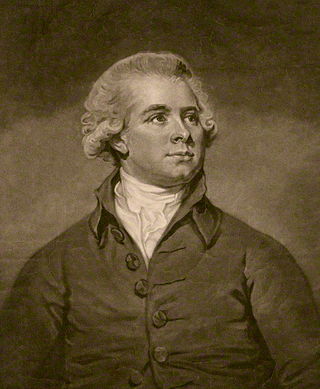
Baron Henniker, of Stratford-upon-Slaney in the County of Wicklow, is a title in the Peerage of Ireland. It was created in 1800 for Sir John Henniker, 2nd Baronet, who had previously represented Sudbury and Dover in the House of Commons. His son, the second Baron, also sat as a Member of Parliament. In 1792 he assumed by Royal licence the additional surname of Major. He was childless and was succeeded by his nephew, the third Baron. He assumed the additional surname of Major by Royal licence in 1822. His son, the fourth Baron, represented Suffolk East in Parliament. In 1866 he was created Baron Hartismere, of Hartismere in the County of Suffolk, in the Peerage of the United Kingdom. This title gave him and his descendants an automatic seat in the House of Lords. He was succeeded by his son, the fifth Baron. He also sat as Member of Parliament for Suffolk East and later held minor office in the Conservative administrations of Benjamin Disraeli and Lord Salisbury. His grandson, the eighth Baron, was a prominent diplomat and notably served as British Ambassador to Jordan and to Denmark. As of 2014 the titles are held by the latter's son, the ninth Baron, who succeeded in 2004.

Henry Marney, 1st Baron MarneyKG of Layer Marney, Essex was a politician of the Tudor period in England. He was a favourite of Henry VIII and captain of his guard.
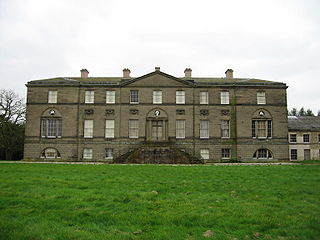
The Broughton, later Broughton-Delves, later Broughton Baronetcy, of Broughton in the County of Stafford, is a title in the Baronetage of England. It was created on 10 March 1661 for Sir Brian Broughton, of Broughton Hall, near Eccleshall, Staffordshire, High Sheriff of Staffordshire from 1660 to 1661 and the member of an ancient Staffordshire family.

Viscount Maynard, of Easton Lodge in the County of Essex, was a title in the Peerage of Great Britain. It was created in 1766 for Charles Maynard, 6th Baron Maynard, Lord-Lieutenant of Suffolk. He was made Baron Maynard, of Much Easton in the County of Essex, at the same time, also in the Peerage of Great Britain. Both titles were created with special remainder, failing male issue of his own, to his kinsman Sir William Maynard, 4th Baronet. The 1st Viscount was unmarried and on his death in 1775 the baronetcy of Easton Parva, the Irish barony of Maynard created in 1620 and the English barony of Maynard created in 1628 became extinct. He was succeeded in the barony of 1766 and the viscountcy according to the special remainder by his kinsman Sir Charles Maynard, 5th Baronet, who became the 2nd Viscount. The latter was succeeded by his nephew, the 3rd Viscount, who served as Lord-Lieutenant of Essex. He had no surviving male issue and on his death in 1865 the baronetcy, barony and viscountcy became extinct. His granddaughter, Daisy Maynard, daughter of Colonel Charles Henry Maynard and future wife of Francis Greville, 5th Earl of Warwick, succeeded to most of the Maynard estates.
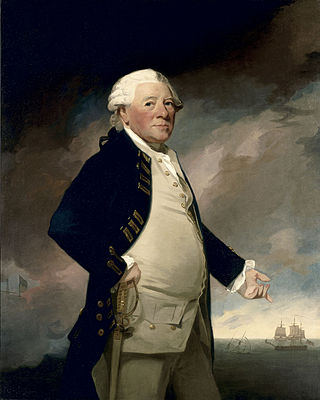
There have been seven baronetcies created for persons with the surname Parker, three in the Baronetage of England, two in the Baronetage of Great Britain and two in the Baronetage of the United Kingdom. Two of the creations are extant as of 2008. Though none of the different families of baronets were related, several supplied a number of flag officers to the Royal Navy.
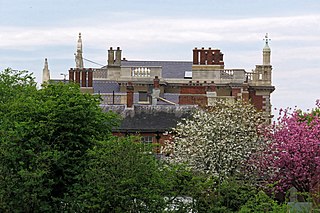
There have been two baronetcies created for people with the surname Barrington. As of 2014 one creation is extant.

The Shuckburgh Baronetcy, of Shuckburgh in the County of Warwick, is a title in the Baronetage of England. It was created on 25 June 1660 for John Shuckburgh, the eldest son of Sir Richard Shuckburgh, (1594–1656) Member of Parliament for Warwickshire and a supporter of the Royalist cause in the Civil War, who was knighted before the Battle of Edgehill by Charles I.
There have been four baronetcies created for persons with the surname Rich, two in the Baronetage of England, one in the Baronetage of Great Britain and one in the Baronetage of the United Kingdom. As of 2008 three of the creations are extinct while one is dormant.
Peers of the Realm have been associated with Australia since early in its history as a British settlement. Many peers served as governors of the Australian colonies, and in the days when the practice of appointing British governors-general was current, the great majority were peers.

There have been two baronetcies created for persons with the surname Boothby, both in the Baronetage of England. One creation is extant as of 2022.

The Pechell, later Brooke-Pechell, later Pechell Baronetcy, of Paglesham in the County of Essex, was a title in the Baronetage of Great Britain.
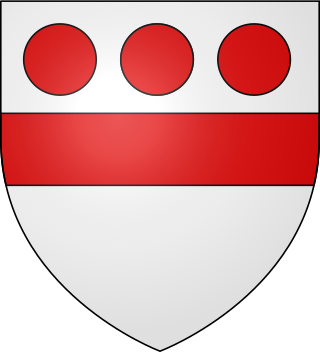
Sir Walter Devereux, 5th Viscount Hereford, 2nd Baronet of Castle Bromwich, was an English politician who sat in the House of Commons at various times, between 1614 and 1624, before succeeding to the family Viscountcy in the peerage of England.
Sir Richard Franklyn, 1st Baronet (1630–1685) of Moor Park, Hertfordshire was an English landowner and politician who sat in the House of Commons from 1661 to 1679.
Eland Mossom, Esq. M.P. was a lawyer, recorder of the City of Kilkenny, and representative in the Parliament of Ireland for the Borough of St Canice in Irishtown. He was the eldest son of Dean of Kilkenny Robert Mossom. He resided at Mount Eland, near Ballyraggett.
William Archer, of Coopersale, in Theydon Garnon, Essex, and Welford Park, Berkshire, was an English lawyer and Tory politician who sat in the House of Commons from 1734 to 1739.

John Marney, 2nd Baron Marney of Layer Marney, Essex was an English Member of Parliament and Governor of Rochester Castle.
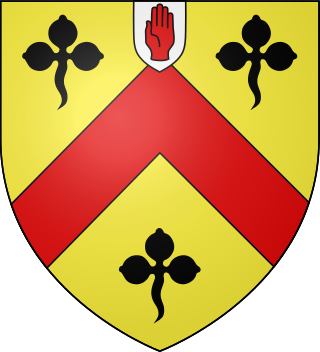
The Abdy baronetcy, of Felix Hall, in the County of Essex, was created in the Baronetage of England on 14 July 1641 for Thomas Abdy who was High Sheriff of Essex. The title became extinct in 1868.